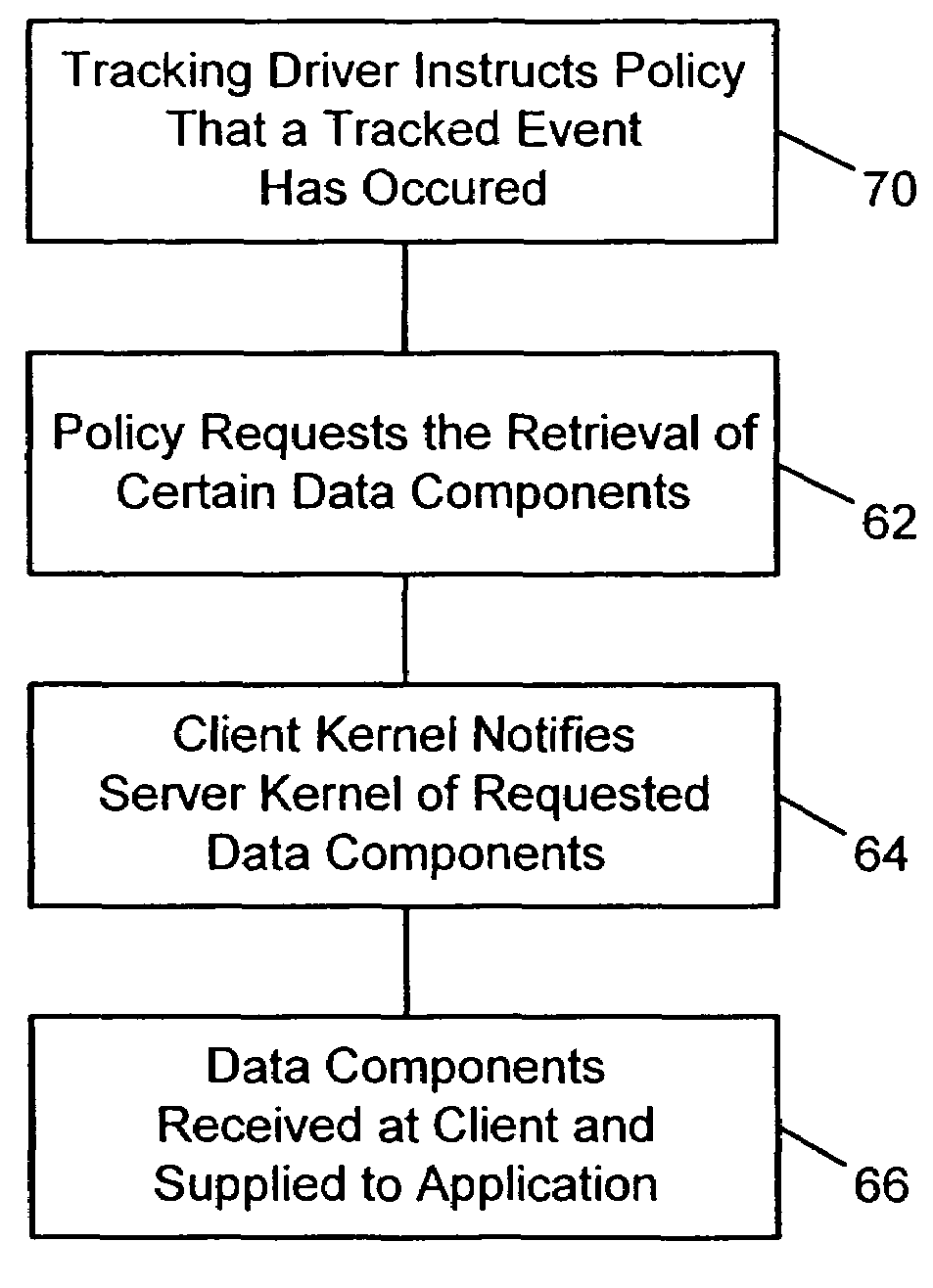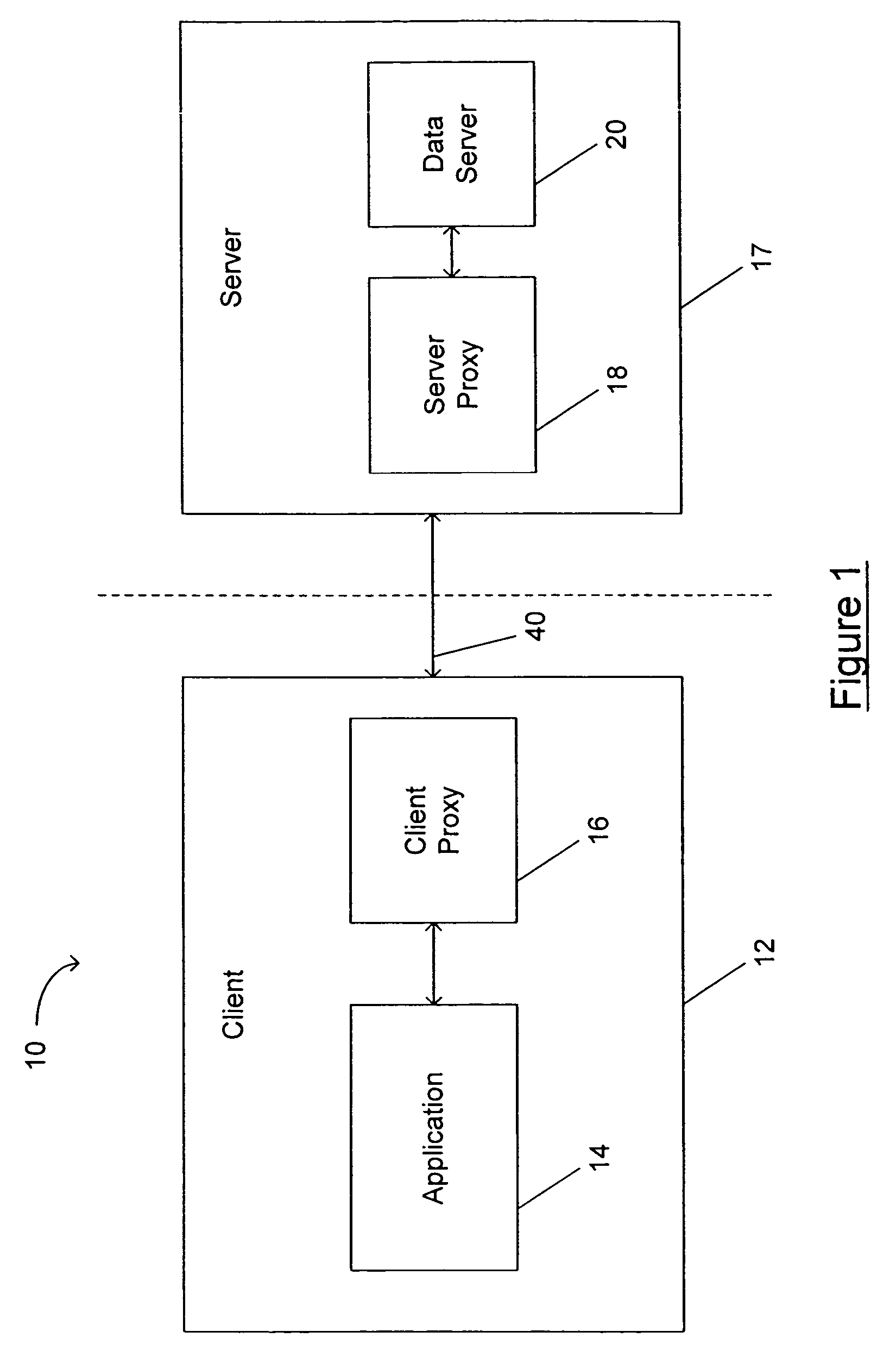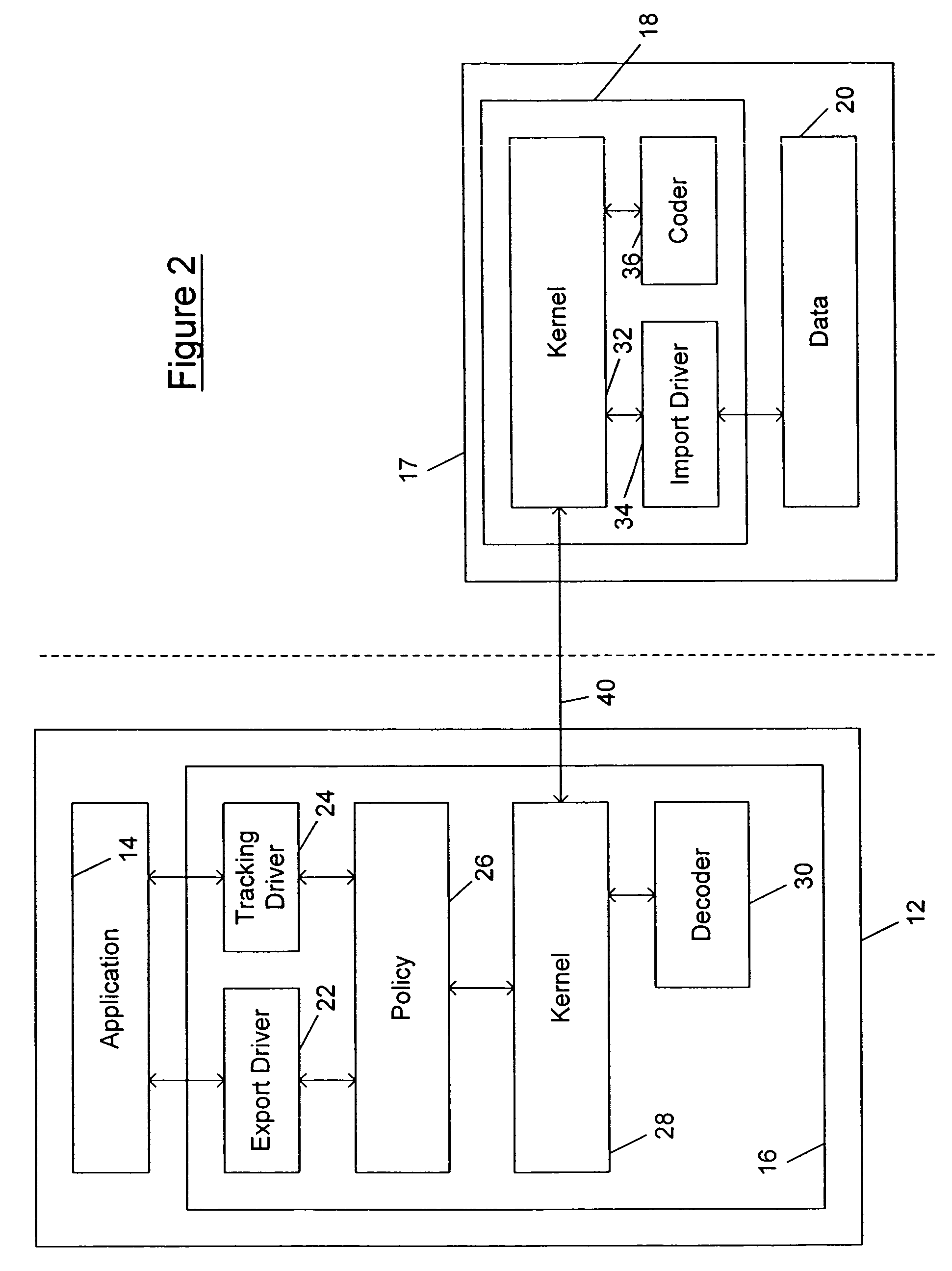Component-based adaptation system and method
a component-based and application-based technology, applied in the field of computing, can solve problems such as the complexity of modules as necessary
- Summary
- Abstract
- Description
- Claims
- Application Information
AI Technical Summary
Benefits of technology
Problems solved by technology
Method used
Image
Examples
Embodiment Construction
[0019]The present invention concerns a component-based adaptation system and method that applies application-specific adaptation policies to the components of an application in a client-server environment. Component-based adaptation does not require access or modification to the source code of a component, and does not require any modifications to the content of a requested document as that document is stored on a data server. Rather, component-based adaptation uses the exposed APIs of the component applications and manipulates the fidelity or the content of the requested document as that document is passed from the server to the client. In this manner, without modifying the source code of an application component or permanently altering the content of a document, control or data adaptation can be performed, respectively, on an application or the documents that the application is using. Data and control adaptation can be performed simultaneously.
[0020]Shown in FIG. 1 is the system a...
PUM
 Login to View More
Login to View More Abstract
Description
Claims
Application Information
 Login to View More
Login to View More - R&D
- Intellectual Property
- Life Sciences
- Materials
- Tech Scout
- Unparalleled Data Quality
- Higher Quality Content
- 60% Fewer Hallucinations
Browse by: Latest US Patents, China's latest patents, Technical Efficacy Thesaurus, Application Domain, Technology Topic, Popular Technical Reports.
© 2025 PatSnap. All rights reserved.Legal|Privacy policy|Modern Slavery Act Transparency Statement|Sitemap|About US| Contact US: help@patsnap.com



